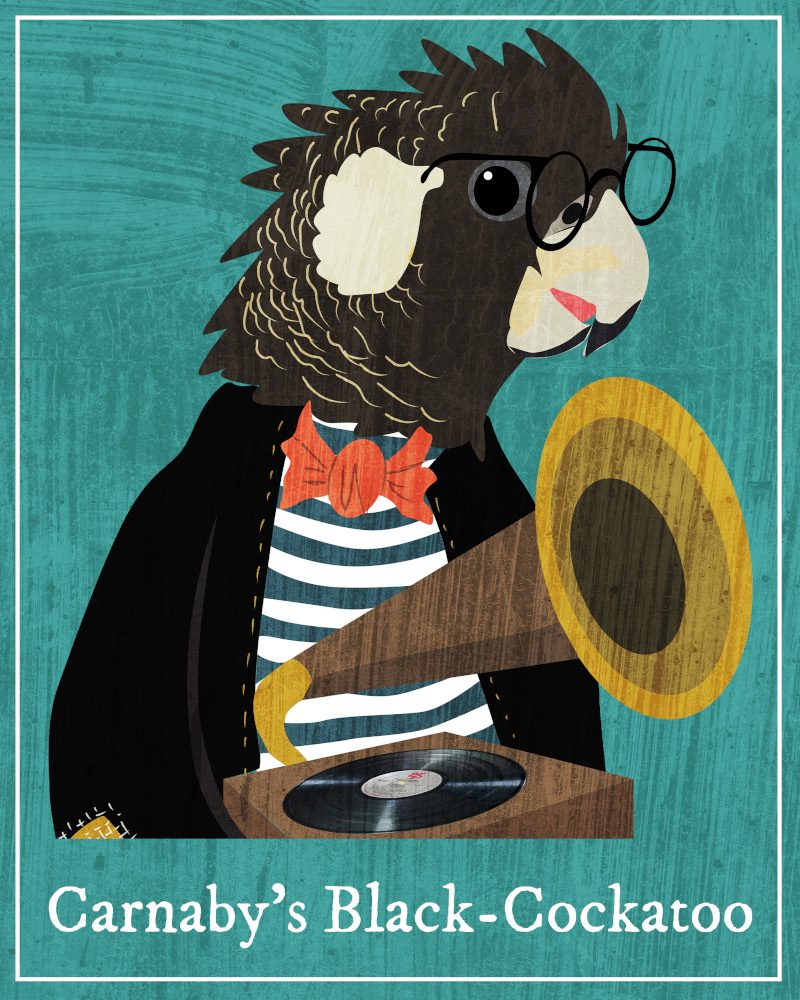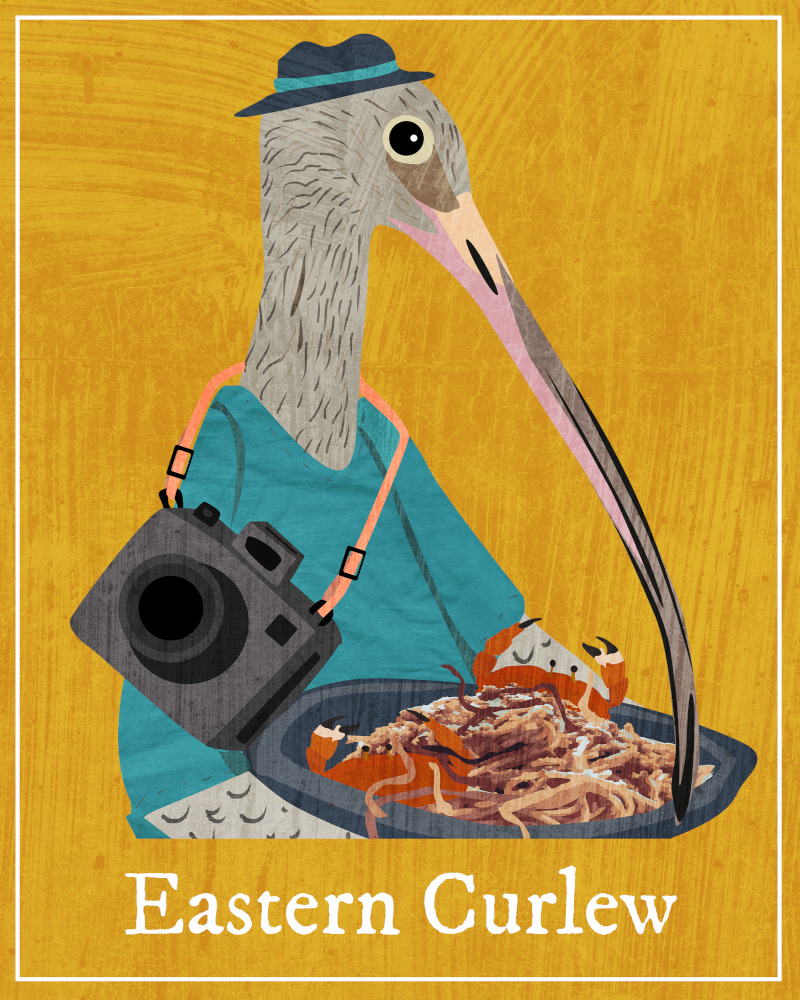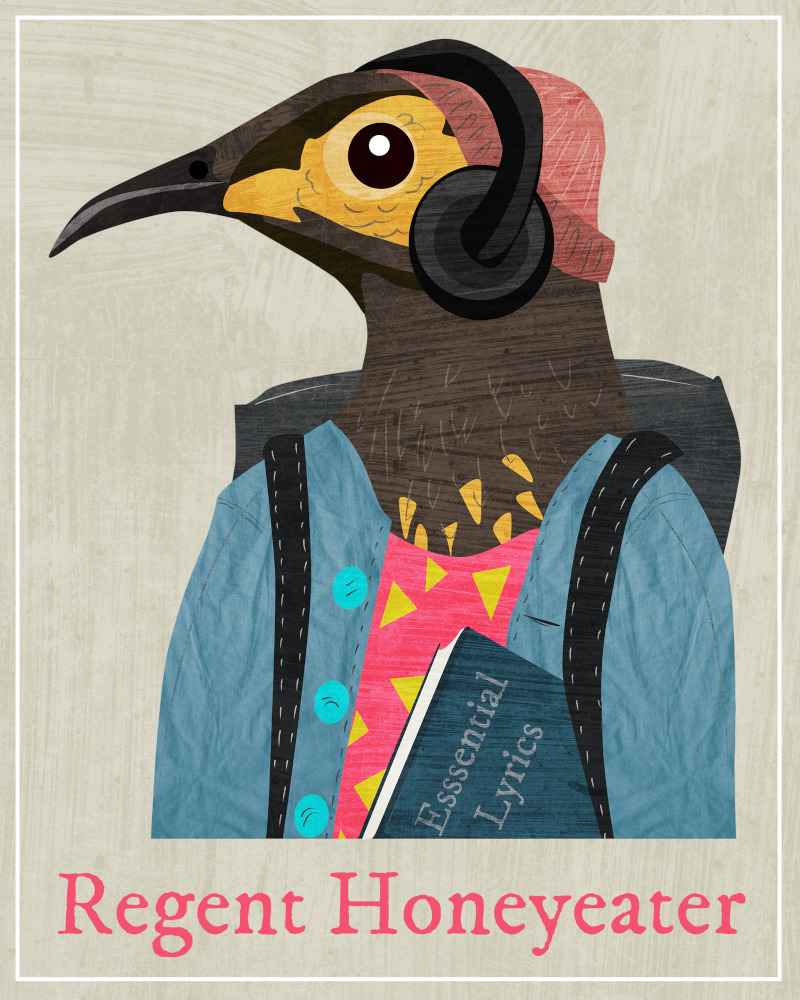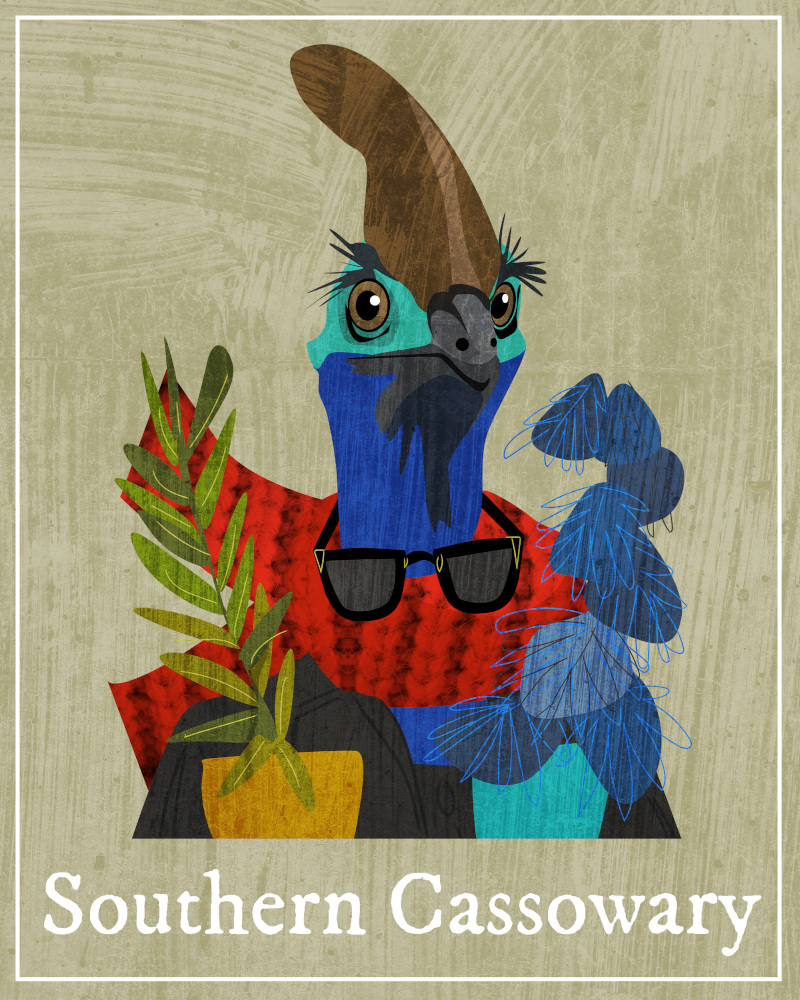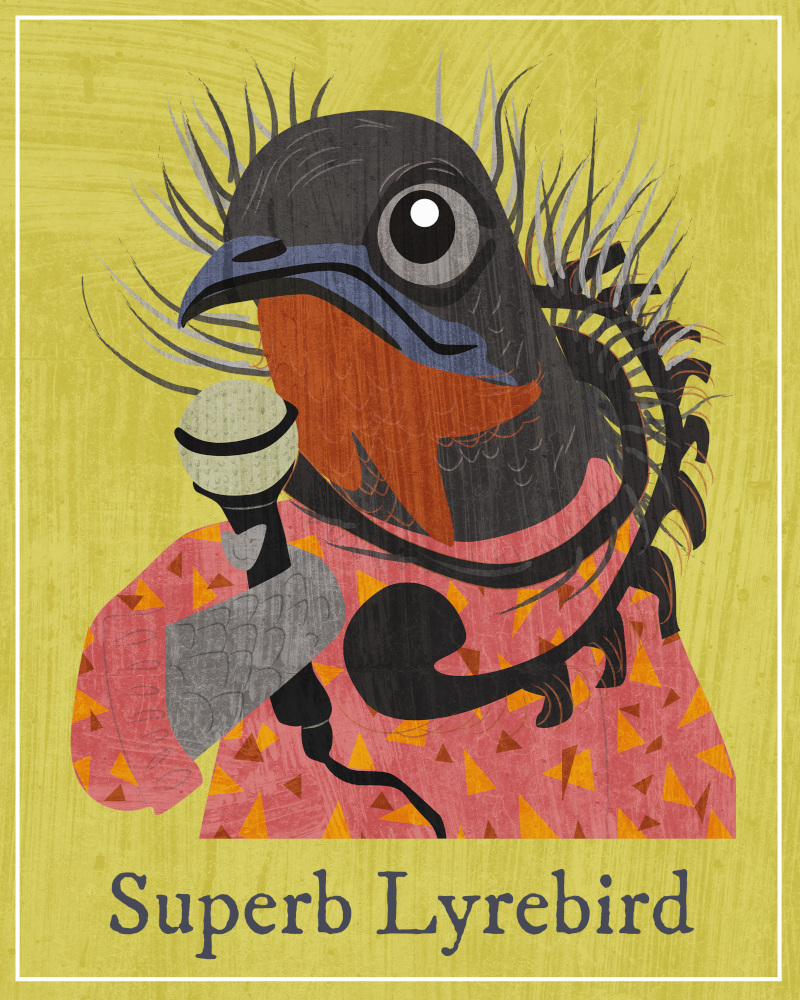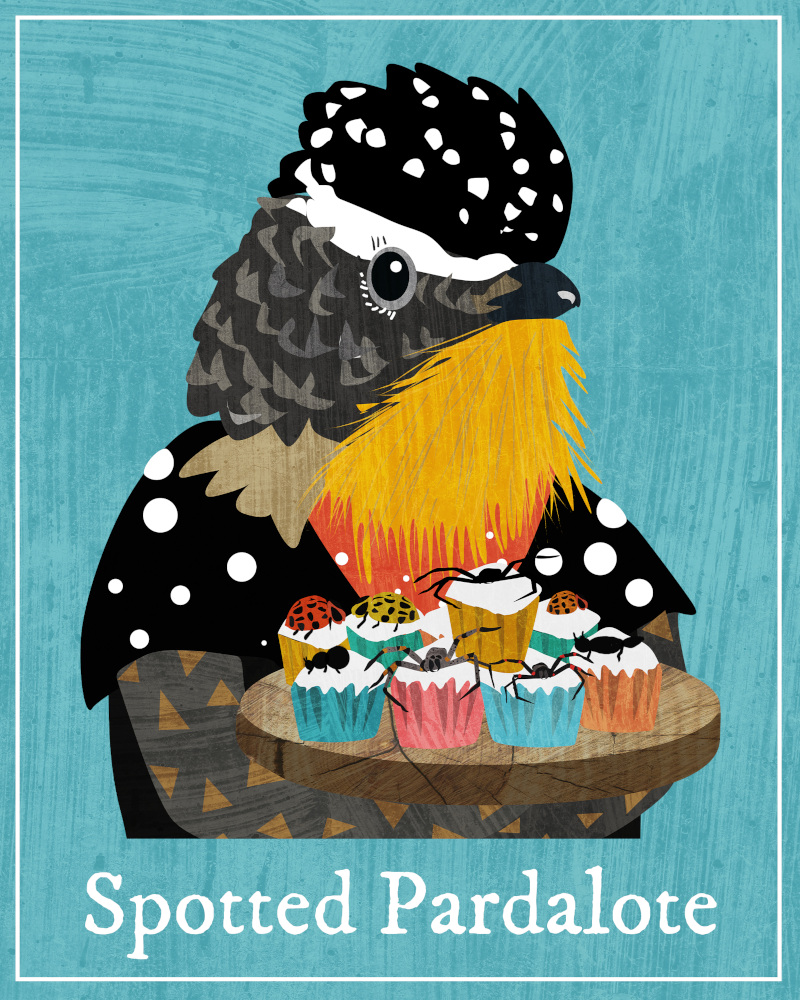What Aussie bird are you? You’re an Australian White Ibis!

Much like these common wetlands birds, you’re loud, proud, strong and brave, but you can also be misunderstood and don’t always get the respect you deserve.
Some may see you as a bit of a bogan, and maybe you are a bit rough around the edges, but you’re also a resilient, adventurous character with an easy smile and strong loyalty to your friends. Between your relaxed and confident nature and your ability to “make do”, you put people at ease and can turn any situation into a party.
Whether people love you or hate you, you’re a recognisable and iconic Aussie, a true blue battler who knows how to adapt to tough situations and make the best of things.
More about the Australia White Ibis
The Australian White Ibis is identified by its almost entirely white body plumage and black head and neck. The head is featherless and its black bill is long and down-curved.
During the breeding season the small patch of skin on the under-surface of the wing changes from dull pink to dark scarlet. Adult birds have a tuft of cream plumes on the base of the neck. Females differ from males by being slightly smaller, with shorter bills. Young birds are similar to adults, but have the neck covered with black feathers.
In regional areas, Australian White Ibis are sometimes called ‘the farmers’ friend’, due to their habit of flocking into areas afflicted by plagues of locusts and gorging on the ravaging hoards of insects. In urban areas, however, where many Ibis scrounge for a living by scavenging at rubbish tips and in city parks, and their plumage becomes soiled by refuse, they are sometimes disparagingly referred to as ‘bin chickens’.
Ibis are not threatened at this time, but many of their wetland bird friends are – and so are the wetlands they rely on.
How we’re helping: Wetland Birds Program
The modification and water regulation of Australia’s fragile wetlands and waterways are the greatest immediate threats to wetland birds like the Australian White Ibis. BirdLife Australia works with land managers to improve the health of our unique wetland systems and protect the waterbirds they support—but we need your help. Increased monitoring means we can identify significant habitats and better understand the status of more mobile species.
For more information, please email wetlands@birdlife.org.au

